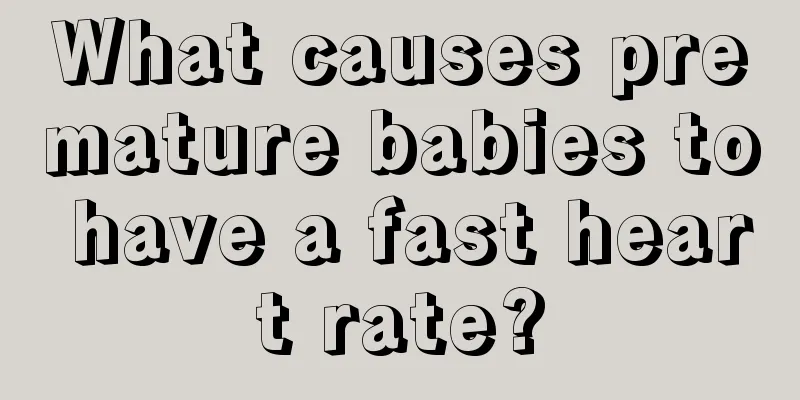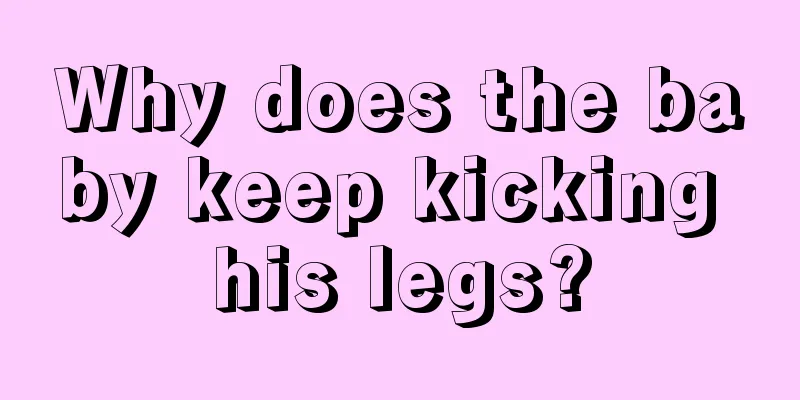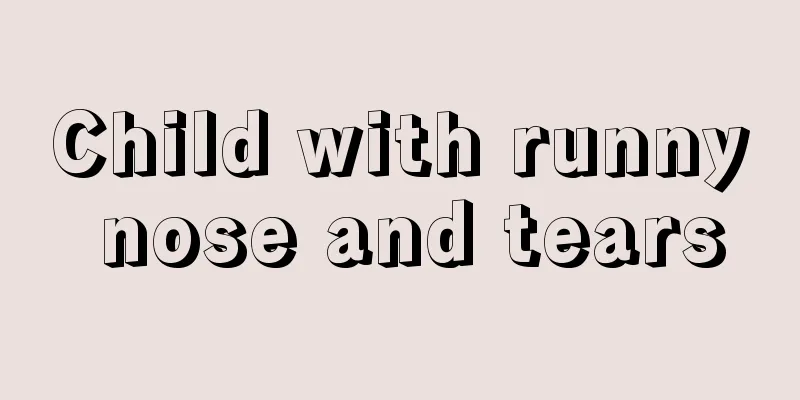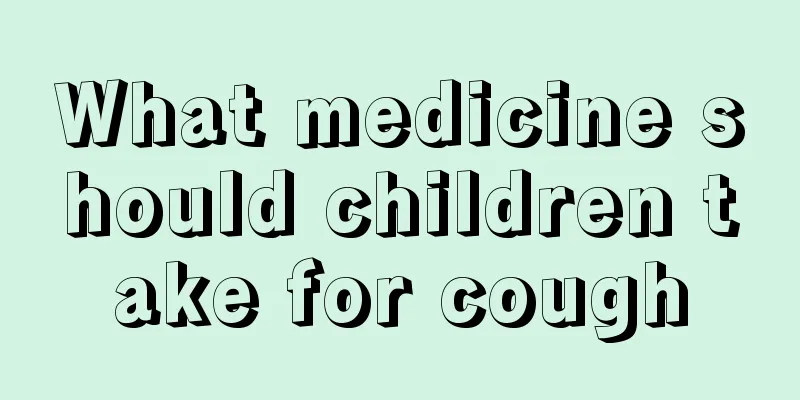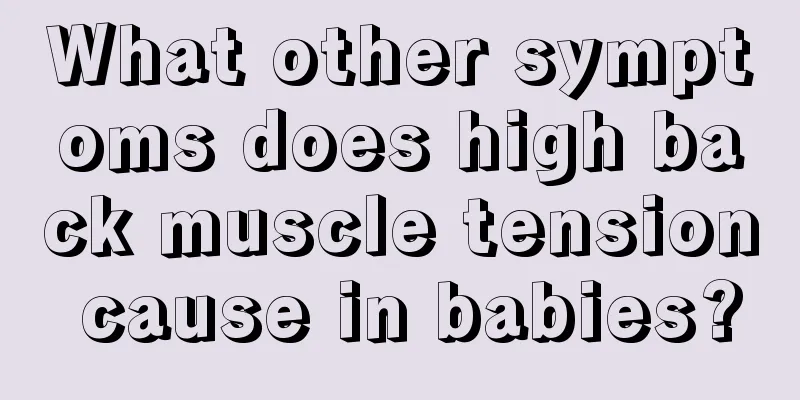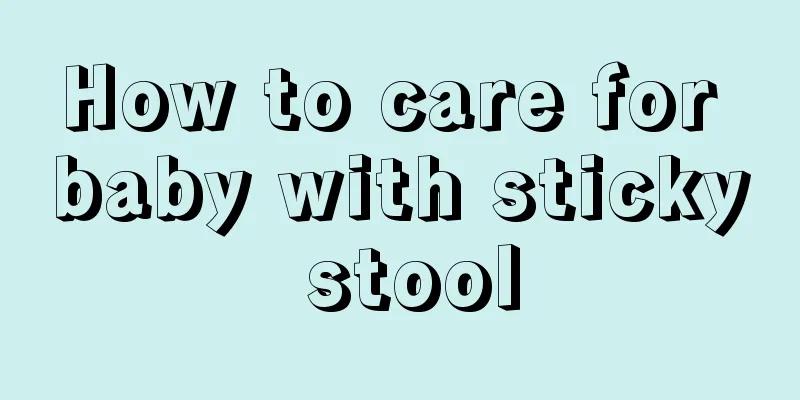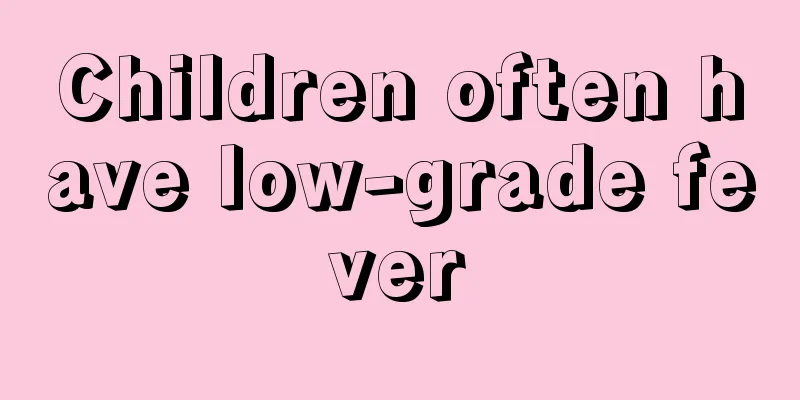What should I do if my eight-month-old baby has a fever?
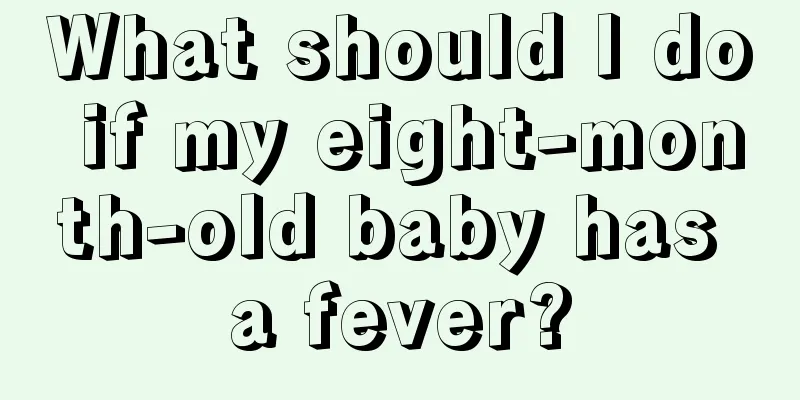
|
Now when it comes to children having a fever, parents' first reaction is to use physical methods to reduce the fever. Because if the fever is not very serious, many people are reluctant to give their children medicine, because they don't want the medicine to affect the child's body. In fact, if a child has a fever at the age of eight months, special attention should be paid, because the child's physique may have different degrees of low fever or high fever. What should we do at this time? What to do if your 8-month-old baby has a fever Fever can be divided into four types according to its severity: Low-grade fever: refers to a body temperature between 37.5℃ and 38℃; Moderate fever: body temperature is between 38.1℃ and 39℃; High fever: refers to a body temperature between 39.1℃ and 40.4℃; Very high fever: body temperature is above 40.5℃. Generally speaking, patients with a temperature below 38.5℃ have a low fever and physical cooling is recommended. Babies are advised to take safe children's medicines. Patients with a temperature above 38.5℃ have a high fever and both physical cooling and drug cooling are recommended. A. Physical cooling: 1. Drink more water and eat more to induce your child to urinate and defecate. It is recommended to wear less clothes when the room temperature rises. Even in winter, you can turn on the air conditioner, try to raise the room temperature (23-28 degrees), and wear less clothes to help dissipate heat. 2. Warm water bath: use warm water of 32 to 36 degrees Celsius for sponge bath or immersion bath. A sponge bath is to scrub or massage the child's entire skin with warm water; when taking a bath, the child's entire body should be immersed in the water. A warm water bath can stimulate children's skin, dilate capillaries, accelerate blood flow, increase heat dissipation, and clean or dilate the openings of sweat glands to facilitate sweating, thereby cooling down quickly and effectively. Each warm water bath should last for 5 to 10 minutes. 3. Alcohol bath: Wipe with 25% to 35% alcohol. Parents can dip a handkerchief into the prepared alcohol solution, starting from one side of the child's neck, wiping from top to bottom along the outside of the arm to the arm, and then wiping from the armpit to the palm. The treatment method for the other side is the same. For the lower limbs, you can rub from the outside of the child's thigh to the instep, and then from the groin to the sole of the foot. Rub your armpits, groin, soles of feet, and palms with force, repeating back and forth several times. Alcohol can dilate the capillaries on the skin surface, increase heat dissipation, and reduce body temperature rapidly. However, be gentle when operating on babies to avoid skin damage. If parents cannot control the alcohol concentration well, it is not recommended to use it. Causes of fever in 8-month-old baby External factors: Body temperature is affected by the external environment, such as wearing too many clothes when it is hot, drinking too little water, and poor ventilation in the room. Internal factors: illness, cold, tracheitis, sore throat or other diseases. Other factors: colds; ENT inflammation; roseola; vaccinations; sepsis; urinary tract infection; encephalitis; meningitis; wearing too many clothes, teething fever, summer heat; gastroenteritis with dehydration; Kawasaki disease. 8 month old baby fever symptoms 1. Blushing and fever. If you find that your child has a red face, dry lips, sweats, is irritable, has heavy breathing, and breathes hotly from the mouth and nose when feeding, and you touch your child's forehead and back with the back of your hand, and find that his hands and feet are hot, you can judge that he has a fever. 2. Spasm. If a young child has a constitution that makes him or her prone to fever, or a rapid rise in body temperature, a high fever may cause convulsions. 3. Trembling hands and feet, and crying loudly. Even if convulsions do not occur, there is a slight tremor in the hands and feet, and the child will jump up at the slightest touch, and express pain by crying loudly. 4. The baby refuses to drink milk, cries, is in poor spirits or is drowsy 5. Body temperature rises and the body becomes noticeably hot. |
<<: What to do if your eight-month-old baby has flat blood
>>: Eight-month-old baby's fontanelle is a little big
Recommend
What to do if your child has severe constipation
Many parents are very distressed because their ch...
What are the symptoms of asthma in children?
Asthma is a common disease in our country today. ...
How do you know if your child has ADHD? Criteria for determining ADHD
ADHD is very complicated in current medicine. ADH...
What should I do if my 3-year-old child refuses to eat? This is what parenting experts say
If a child doesn't eat, the first thing you n...
Why does my child's arm hurt?
Children are very important to any family. Once a...
How to treat chickenpox
Varicella is a relatively common disease, and chi...
Your baby has a bad taste in his mouth
Your baby has a bad taste in his mouth If the bab...
Massage methods for children to enhance their immunity
Children's resistance is relatively poor, esp...
What is the cause of foam in the child's urine?
Some people have abnormal urine, so they need to ...
Why does the baby's soles sweat?
Although the baby's body temperature is gener...
Chinese medicine formula for conditioning boys
Because of the imbalance of Qi and blood function...
Symptoms of intracranial hemorrhage in infants
We have seen that some children have been diagnos...
What to do if your child gets chickenpox
Chickenpox is also called "smallpox". W...
What is the cause of trigger finger in children?
Trigger finger is generally caused by abnormal de...
The child's testicles hurt when touched
The reason why children's testicles hurt when...


